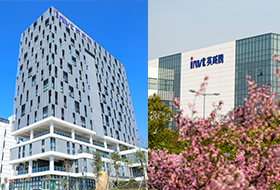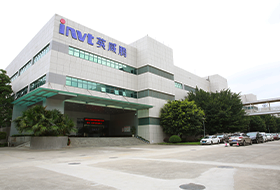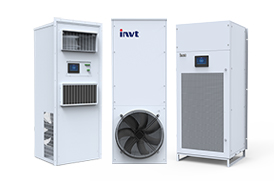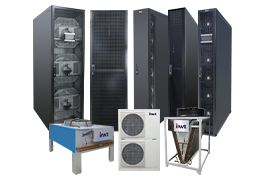Data Center: Hierarchical Classification System
The data center grading system: I, II, III, IV is introduced by the Uptime Institute, which collects and processes information and publishes recommendations and detailed requirements for data center reliability levels.
TIA EIA – 942 Standard
Each reliability level selected in the TIA EIA-942 standard details requirements and recommendations for systems and components including Building Solutions, Power, Cooling, Security, Fire Protection Systems, Structured Cabling, Conduit Systems, and Communications. For example, standards describe requirements and recommendations for minimum heights of raised floors for a certain level of reliability.
Level 1
Tier 1 data center is the base level of data center reliability. Errors and failures in systems and equipment at this level can cause the entire data center to fail. In addition, data centers experience disruptions due to maintenance and repair work. In these data centers, there are no raised floors, redundant power supplies, or uninterruptible power supplies (UPS).
Engineering infrastructure created solely to meet current needs, i.e., non-redundant and redundant resources (meeting needs expressed in the form of the letter "N")
• 28.8 hours of downtime throughout the year
• Elasticity coefficient 99.671%
Level 2
Secondary data centers have a small number of redundant healthy systems and little redundant capacity in systems engineering. However, it remains susceptible to outages due to planned and unplanned failures of data center equipment. For this level, it is necessary to have a raised floor and redundant power supplies. Performing technical and maintenance work requires a stay at the data center.
The system is fully redundant, but additional components are installed in the power supply and data center cooling systems (to meet the needs expressed by the "N+1" formula)
• 22.0 hours of downtime throughout the year
• Elasticity coefficient 99.749%
Level 3
Tier-III data centers are data centers with a given level of reliability that allows repair and maintenance work to be performed without stopping the data center. For example, system components can be operated and replaced, and faulty equipment can be added and removed. To ensure the normal operation of the third level, two pipelines need to be designed and constructed to provide backup capacity operation of all equipment, including the failure or prevention of the cooling power system. However, errors and failures at work can cause outages in the data center.
It has multiple paths (channels) for power and cooling distribution, but only one of them is active, with redundant components (software requirements expressed in the formula "N+1")
• 1.6 hours of downtime per year
• Elasticity coefficient 99.982%
Level 4
Tier-IV is a fault-tolerant data center with redundancy of all systems, allowing all planned and unplanned work to be performed without disruption to the data center. This provides protection against failure. To meet Tier-IV data center reliability requirements, all systems given in each system need to be replicated, and their "backups" will have at least one additional component providing "N+1" redundancy. That is, in these data centers, there should be an "N+1" level of system redundancy, and the systems themselves must still be at least duplicated. Manual emergency disconnection of power supply systems and fire safety operations may fail. In Tier-IV type data centers, even structured cabling systems should be fully retained.
The system has double redundancy, at least taking into account that the additional section has multiple active paths and the cooling load has 2 redundant components (N+1), i.e. 2 N+1 redundancies per UPS (the software needs to use the formula "2 (N + 1)").
• Downtime per year – 0.4 hours
• Elasticity coefficient 99.995%
Summarize
Basically, data center tiers (I, II, III, and IV) – represent a scale measure that defines data center uptime. Data center tier classifications are useful to enterprises, such as:
• Uptime Guarantee
• Performance
• Investment
• Return on investment (ROI)
Obviously, this shows that having a certain level of certification demonstrates that the data center owner is committed to meeting high standards. In the current environment where data is separated from customers, organizations use Tier standards to prove to customers that their data is available and secure.

 networkpowersales@invt.com.cn
networkpowersales@invt.com.cn



























